Flatfoot is a common foot condition characterized by the collapse of the arch, resulting in an abnormally increased contact area between the sole and the ground. This condition can lead to foot pain, abnormal gait, and further disrupt the biomechanical balance of other parts of the body. Traditional diagnostic methods such as visual inspection, footprint analysis, or imaging have certain reference value but often lack precision and objectivity. In recent years, with advancements in digital technology, foot 3D scanning technology has emerged as an innovative measurement tool, significantly improving the scientific accuracy and precision of flatfoot diagnosis.
Working Principle of Foot 3D Scanning Technology
Foot 3D scanning technology utilizes optical imaging, laser measurement, or structured light techniques to capture the three-dimensional morphology of the foot and generate high-resolution digital models. The core of this technology lies in rapid data acquisition and precise modeling, providing a comprehensive representation of the foot’s anatomical structure. Unlike traditional 2D footprint methods, 3D scanning not only captures planar data but also records details such as arch height, arch volume, and subtle variations in foot morphology, offering healthcare professionals a more thorough diagnostic foundation.
Advantages of 3D Scanning Technology in Flatfoot Assessment
Precision of Data
Foot 3D scanners typically achieve millimeter-level accuracy, allowing precise measurement of key parameters such as arch height, contact area, and arch volume. This high level of precision helps doctors evaluate the condition of the arch accurately and determine the severity of flatfoot.
Objective Measurements
Traditional diagnostic methods often rely on the experience or subjective judgment of practitioners, which may lead to errors. In contrast, 3D scanning provides digitalized results, eliminating human error and significantly enhancing diagnostic objectivity.
Visual Analysis
The 3D digital models generated by the scanner vividly display the foot structure, especially the morphology of the arch region. This visual representation not only aids doctors in their analysis but also helps patients clearly understand their condition, improving compliance with treatment plans.
Non-Invasive and Broad Applicability
The 3D scanning process is entirely non-invasive, making it suitable for patients of all ages, including children and the elderly. Additionally, its quick and efficient measurement capability is ideal for use in health checkups or large-scale screening programs.
Application Steps of Foot 3D Scanning Technology
Device Preparation
Ensure the scanner is in optimal working condition, properly calibrated, and positioned in a stable environment to avoid external interference affecting measurement accuracy.
Preparation of the Subject
The subject should remove footwear and socks, place both feet flat on the scanning platform, stand naturally, and maintain body balance to ensure an accurate representation of the foot's natural state.
Data Collection and Analysis
Once the scanner is activated, sensors quickly capture the foot’s surface morphology. The data collection process is typically completed within seconds. The acquired data is then processed by specialized software to generate a 3D model. Doctors can observe and analyze the foot structure from multiple perspectives to determine the presence of flatfoot.
Diagnosis and Recommendations
Based on the 3D scan data, doctors can evaluate key parameters such as arch height, contact area, and other critical indicators to provide a specific diagnosis. For confirmed flatfoot cases, personalized correction or treatment plans can be developed, such as custom orthotics or physical therapy recommendations.
Future Prospects and Clinical Value
The advent of foot 3D scanning technology represents a significant advancement in the scientific approach to flatfoot diagnosis. Its precise measurement and objective diagnostic features not only improve diagnostic efficiency but also provide critical support for personalized treatment. In clinical practice, 3D scanning technology can be utilized to screen developmental flatfoot in children, monitor changes in arch structure in elderly patients, and assess foot conditions in athletes. Moreover, in footwear design, this technology can support the development of customized shoes by providing critical data.
Through its digital and highly accurate approach, foot 3D scanning technology addresses the limitations of traditional diagnostic methods, opening new pathways for the measurement and evaluation of flatfoot. In the future, as the technology evolves and becomes more widespread, it is expected to play a pivotal role in clinical diagnosis, health monitoring, and personalized interventions, thereby enhancing overall foot health management.

 +86-0755-86131192
+86-0755-86131192 2025-01-20
2025-01-20 Back to list
Back to list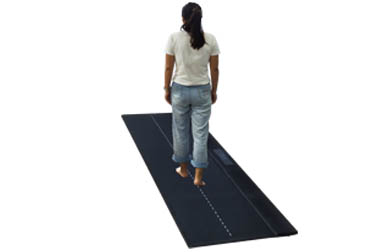
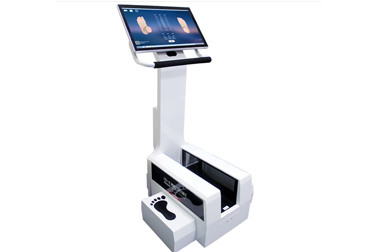
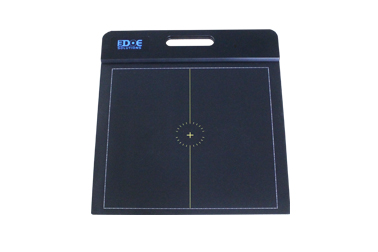
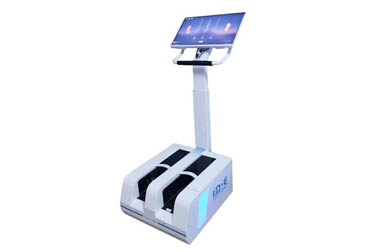
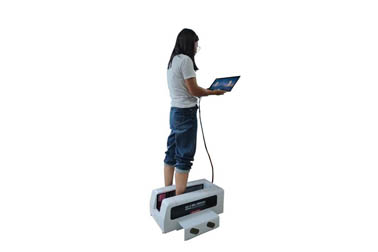



 +86-0755-86131192
+86-0755-86131192